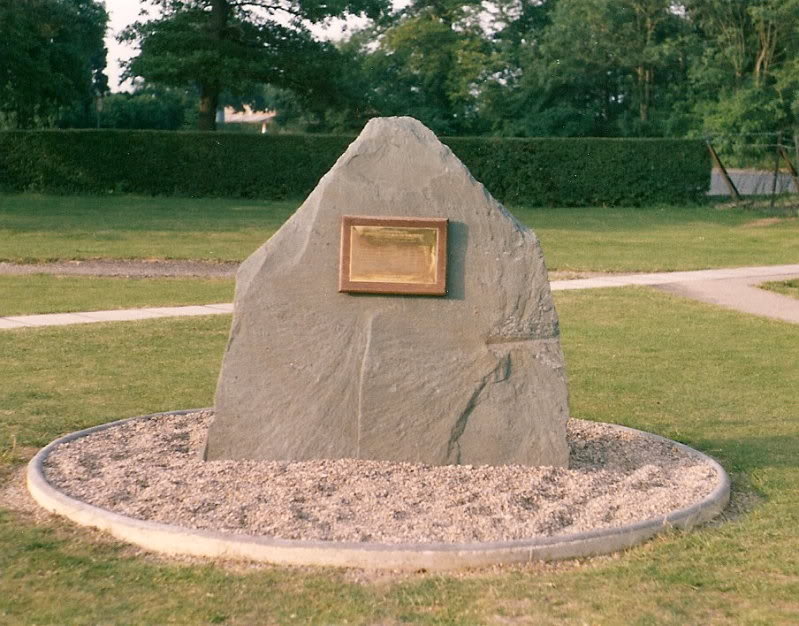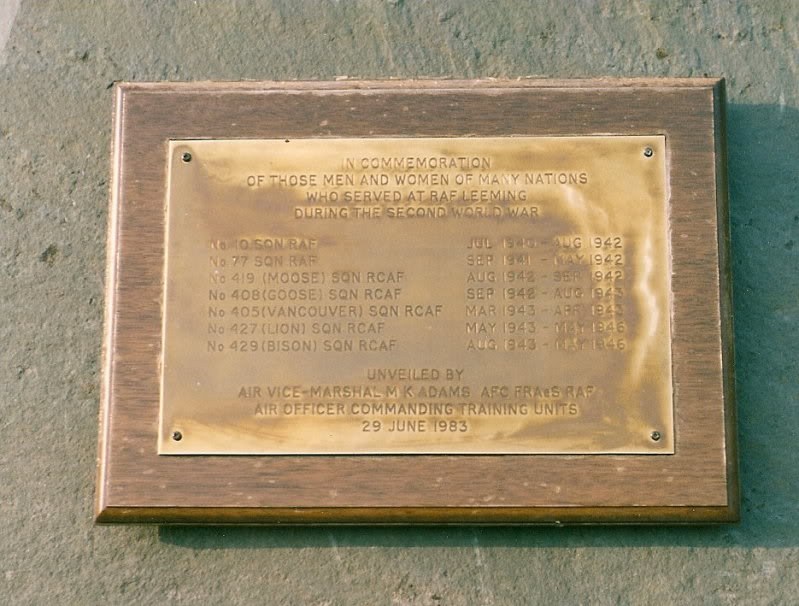Wood, George Stanley
Personal Information
| Rank | F/S |
| Forename(s) | George Stanley |
| Surname | Wood |
| Gender | M |
| Age | 28 |
| Date of Death | 06-09-1943 |
| Next of Kin | Son of George and Rose Elizabeth Wood. Husband of Doreen Wood, of Wainfleet, Lincolnshire. |
Aircraft Information
| Aircraft | Handley Page Halifax V |
| Serial Number | LK636 |
| Markings | ZL-H |
Memorial Information
| Burial/Memorial Country | Germany |
| Burial/Memorial Place | Durnbach War Cemetery |
| Grave Reference | Coll. grave 7. K. 3-7. |
| Epitaph | RESTING WHERE NO SHADOWS FALL, WAITING THERE TO GREET US ALL |
IBCC Memorial Information
| Phase | 2 |
| Panel Number | 268 |
Enlistment Information
| Service Number | 1583465 |
| Service | Royal Air Force Volunteer Reserve |
| Group | 6 |
| Squadron | 427 (Lion) |
| Squadron Motto | Ferte manus certas (Strike sure) |
| Trade | Flight Engineer |
| Country of Origin | United Kingdom |
Other Memorials
| Location | Roman Rd, Leeming, North Yorkshire |
| Country | United Kingdom |
| Memorial Type | Brass plaque set into a stone plinth into which is carved with the Canadian maple leaf and the Yorkshire rose. |
| Memorial Text | This memorial is dedicated to those men and women who served at RAF Leeming during World War II, including those from the Royal Canadian Air Force Squadrons, whose members came from all parts of the Commonwealth from 1942 to 1945; 405 Vancouver, 408 Goose |
| Location | Opposite old Main Guardroom, RAF Leeming, North Yorkshire |
| Country | United Kingdom |
| Memorial Type | Stone Memorial & Metal Plaques |
| Memorial Text | In commemoration of those men and women of many nations who served at RAF Leeming during the second world war. |
Commonwealth War Graves Commission
The National Archives
| Record of Events (Operational Record Book) AIR 27/1845/22 |
| Summary of Events (Operational Record Book) AIR 27/1845/21 |
Fellow Servicemen
Please note that this list gives all the losses aboard the quoted aircraft and occasionally these may have occurred on an earlier date when the aircraft was not itself lost. Please check the dates of death carefully.
Last Operation Information
| Start Date | 05-09-1943 |
| End Date | 06-09-1943 |
| Takeoff Station | Leeming |
| Day/Night Raid | Night (34% moon) |
| Operation | Mannheim/ Ludwigshafen. 605 aircraft, 34 losses (5.6%). Clear conditions- PFF marking plan worked perfectly. The main force approached from the west so that they could bomb Mannheim first and then move on to Ludwigshafen. Little creepback took place and much damage was caused to both targets. The normally detailed report from Mannheim was much less so, suggesting that the raid was so severe that the normal information gathering procedures has broken down amidst the destruction. Ludwigshafen described the raid simply as 'a catastrophe'. In the latter, 1080 dwellings, 6 military buildings and 4 industrial buildings were destroyed. The death toll was relatively low for such a large raid- 127- perhaps indicating that much of the city's population had been evacuated in the wake of the firestorm incident in Hamburg. |
| Reason for Loss | Hit by flak and exploded. |



